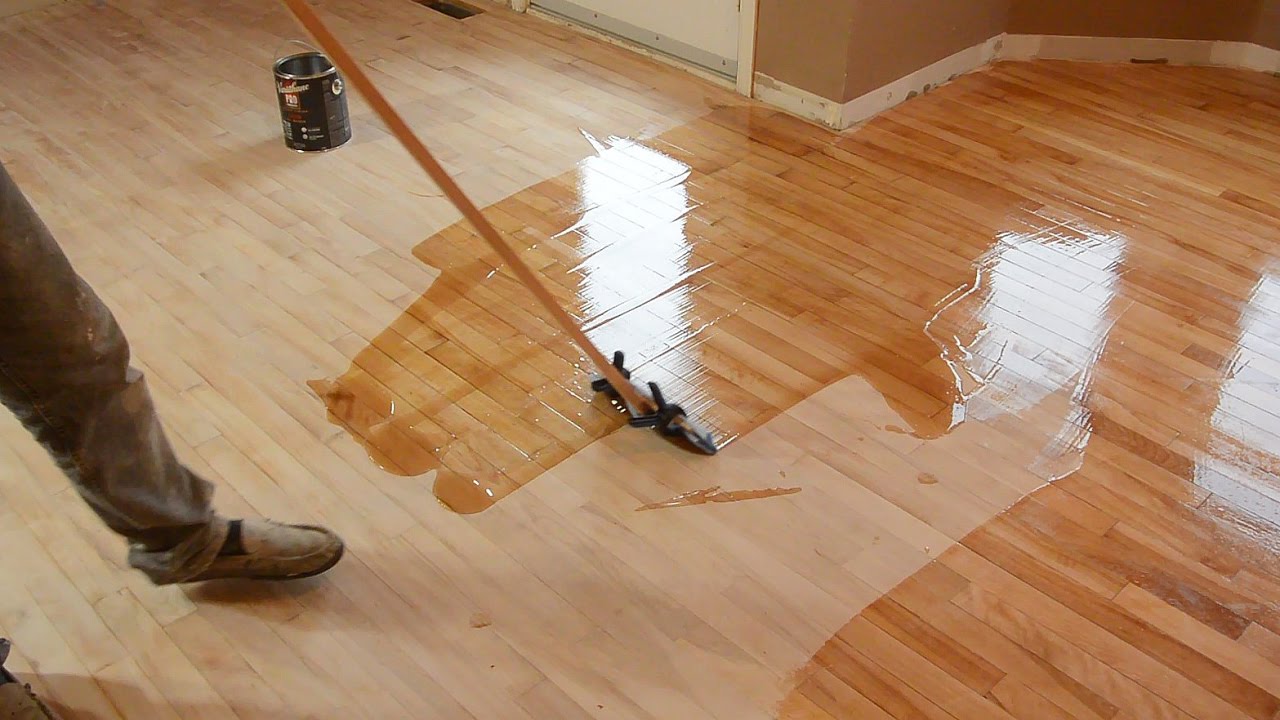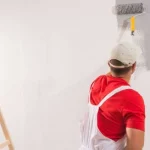WOODEN FLOOR POLISHING

Wooden Floor (Or) Parquet Floor Sanding & Polishing Services
A wood floor cannot remain as good as new forever. At some point it is going to require attention and you will have to consider doing some repair or restoration work on it. Wood floor restoration cannot be attempted by just anyone. It is something that should be handled by a professional company only.
Wood floor sanding is just a stage in the wood floor restoration process that relates to the preparation of the timber surface. Sanding removes the protective layer of your floors – be it varnish, oil or hard wax-oil and makes their surface smooth, clean and ready to the new finish.
Sometimes thinner or cracked board or loose parquet block may need to be re-fitted, or entirely replaced if parts of the floor have been damaged due to moisture, wearing and lack of solidness.
Dust Free Floor Sanding Service
All contemporary floor sanders come equipped with a dust capturing bags, which comes quite useful and reduces by a large percentage the dust released in the air. However, the floor sander is just part of the equipment used during the floor finishing process. Usually a larger amount of dust is released during the buffing of the floors and some dust is also left uncaptured from the smaller tools used for finishing corners and difficult to reach areas. In general nowadays sanding the dust released from the sanding process is reduced to minimum. The dust discharge will not exceed 2 mg per cubic meter.
Sanding machines may be either the drum type or disk type (floor polisher). By the drum sanders the sandpaper is mounted on a cylindrical drum that rotates on an axis parallel to the plane of the floor. Thus the sandpaper makes its scratches in straight lines in the direction of movement of the machine.
By the disk sanders the sandpaper is mounted on a disk that rotates in a circle on the plane of the floor. As the disk sander is being moved over the floor, the grits make spiral scratches that necessarily cross the grain of the wood. A drum sander, however, cannot reach the last few inches of floor nearest the baseboard. Electric edgers, which are small disk sander, are available for sanding these edges of the floor or they may be done by hand.
Sandpaper
Sandpaper acts by gouging fine slivers from the wood surface, leaving scratches, the size of which is governed by the size of the grits on the paper. Coarse grits act rapidly, but the scratches they leave are conspicuous, especially if they cross the grain of the wood. Fine grits act slowly, but the scratches left are too small to see. Scratches are least noticeable when they run with the grain of a wood. Scratches must be especially fine to escape detection on a wood with close texture, such as maple, and must be still finer to remain unnoticed if they cross the grain of the wood.
In sanding a floor, time is saved by starting with coarse sandpaper to remove the grosser roughness and imperfections and to make the floor level as quickly as possible. The scratches left by the coarse grits are then removed by successive sanding with finer sandpaper. The scratches left by the last paper should be too small to be observed even after the finish has been applied.


We offer Pest control, Cleaning & Technical Services, in UAE
Our Top Services
- Commercial Pest Control
- Residential Pest Control
- Domestic Pest Control
- Tiles & Grout Cleaning Services
- Air-Duct Cleaning
- Move in – Move out
- Carpet Cleaning
- Sofa Cleaning
- Constructions Cleaning
- kitchen Cleaning
- Steam Cleaning Service
- Wall Painting Service
- Wooden Floor Polishing
- AC Maintenance











We offer affordable & realistic costing
24-hour response to all our clients’ calls, 365 days a year. Committed, enthusiastic, polite & service orientated staff.
